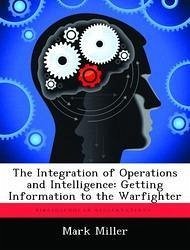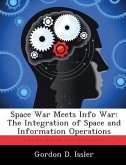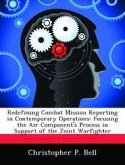Getting combat information in a timely manner from the stovepipes of the intelligence world to the operators that require has been a problem for years. The process is not one that will improve unless both the Operations and Intelligence communities make a concerted effort to understand each other better. In this paper I will use a combination of primary and secondary sources, along with personal interviews, to establish a historic recap of both good and bad examples of Ops/Intel integration. I will then examine the current intelligence cycle and attempt to identify critical links between it and the operations world. These links will be the key in creating a synergy between Ops and Intel that is critical if the two disciplines are to be integrated effectively. The goal of the cycle should be to ensure that the final intelligence product accomplishes the objective it was initially intended for; that is, get pertinent information to the warfighter in a timeframe and format for him to exploit it. At this point it will become apparent that there are certain roadblocks that must be overcome in order to accomplish the previously stated goal. Identifying these roadblocks is only half of the problem. Offering reasonable solutions is the other half. My goal in the final portion of this paper is to do exactly that. I will offer simple cost-effective solutions aimed at dismantling some of the Ops/Intel integration roadblocks. In this age of shortened time-lines and information overload, the Ops/Intel team that works best together will own the "information high ground." This is an objective that is critical to success on the battlefield of tomorrow.
Hinweis: Dieser Artikel kann nur an eine deutsche Lieferadresse ausgeliefert werden.
Hinweis: Dieser Artikel kann nur an eine deutsche Lieferadresse ausgeliefert werden.








